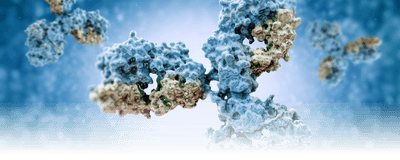Immunology
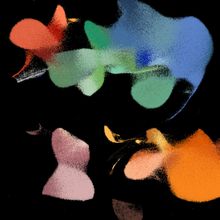
Charting the Human Immune Health Atlas
Laura Tran, PhD | Dec 16, 2024 | 2 min read
Researchers mapped the landscape of healthy immune cells from childhood through adulthood.
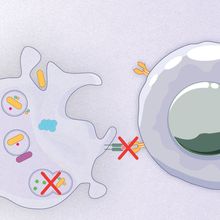
How to Get Away from the Immune System
Mariella Bodemeier Loayza Careaga, PhD | Dec 13, 2024 | 3 min read
From manipulating host molecules to concealing their presence in the host’s body, microbes employ a wide range of tactics to dodge immune detection.
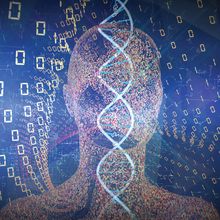
Pioneering the Aging Frontier with AI Models
Shelby Bradford, PhD | Dec 13, 2024 | 8 min read
David Furman uses computational power, collaborations, and cosmic inspiration to tease apart the role of the immune system in aging.
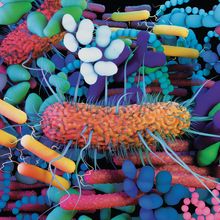
The Art of Microbial Disguise
Mariella Bodemeier Loayza Careaga, PhD | Dec 13, 2024 | 10+ min read
On the battleground of the human body, microbes use every skill to mask, infiltrate, manipulate, and evade the immune radar.
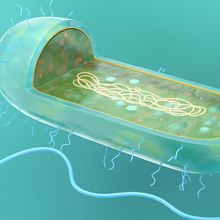
A Hunt for Clues to the Origins of the Eukaryotic Immune System
Shelby Bradford, PhD | Dec 6, 2024 | 4 min read
Homologous defense proteins in archaea and eukaryotes point to these early prokaryotes' role in the immune system of modern complex organisms.
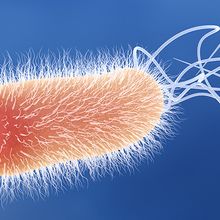
Pseudomonas Bacteria Escape Immunity by Disrupting Energy Production in Macrophages
Kamal Nahas, PhD | Nov 25, 2024 | 4 min read
Pseudomonas infections are tough to treat, but a new study reveals a chemical they use to subdue macrophages, suggesting new therapeutic avenues.

Takara Bio launches high-throughput, cost-effective qPCR system to advance clinical research
Takara Bio | Nov 19, 2024 | 2 min read
The SmartChip ND system meets laboratories’ needs for flexibility, scalability, efficiency, and affordability.

Rewilding Urban Spaces Boosts Immune Health
Danielle Gerhard, PhD | Nov 15, 2024 | 2 min read
From daycares to indoor gardens, scientists are bringing nature back into cities to improve immune regulation.

Solutions for Accelerating Infectious Disease Research
The Scientist Staff | Nov 15, 2024 | 2 min read
Researchers need a comprehensive toolbox for infectious disease research as they race against the next pandemic.
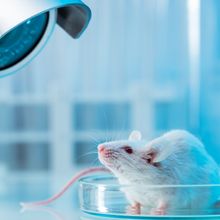
A Neural Thermostat Sets the Intensity of Immune Responses
Hannah Thomasy, PhD | Nov 1, 2024 | 2 min read
Specialized neurons in the brainstem and vagus nerve provide potential therapeutic targets for treating inflammatory disorders.
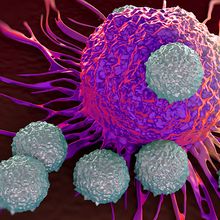
Meet Cyclone: A Monitoring Tool That Watches for Waves of Immune Response
Rashmi Shivni | Nov 1, 2024 | 4 min read
A new algorithm detects when immunotherapies create surges of T cell responses in melanoma patients.

Introducing iQue®'s 2nd Edition High-Throughput Cytometry Handbook: Fast. Simple. Discover the Future of Cell Analysis!
Sartorius | Oct 29, 2024 | 2 min read
This handbook is designed to empower both new and seasoned flow cytometry users who are curious about the unique capabilities of HTS cytometry.
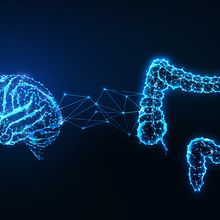
Gut Serotonin Curbs the Developing Immune System
Claudia Lopez-Lloreda, PhD | Oct 24, 2024 | 3 min read
In neonatal mice, the neurotransmitter serotonin mobilizes immune cells that promote tolerance to antigens.

A Geneticist's Journey From a Lupus Victory to a Murder Case Verdict
Danielle Gerhard, PhD | Oct 21, 2024 | 10+ min read
Carola Vinuesa’s research has illuminated the genetics of lupus and helped to exonerate a mother falsely accused of murdering her four children.
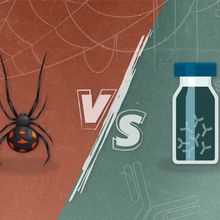
Antibody Potion Against Black Widow's Bite
Laura Tran, PhD | Oct 15, 2024 | 2 min read
Scientists brewed recombinant human antibodies that take the sting out of the European black widow’s toxin.

pH-Engineered Venom-Fighting Antibodies
Laura Tran, PhD | Oct 11, 2024 | 4 min read
A combinatorial approach enabled researchers to develop antibodies with improved catch-and-release abilities against snake venom toxins.
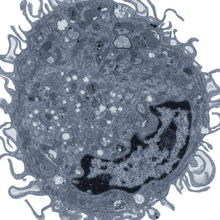
Disappearing Act: Novel Population of Transient Macrophages Repair Lungs After Illness
Rebecca Roberts, PhD | Oct 9, 2024 | 4 min read
Initially mistaken for neutrophils, a population of atypical macrophages appears in the lungs after severe viral infection, orchestrates tissue repair, and then vanishes.

Cellular Stains Under the Hood
Biotium | Oct 1, 2024 | 1 min read
Fluorescent probes are key tools for scientists looking at cellular properties or morphology. Use this guide to determine which probe is best for a given situation or experiment.

White Blood Cells, Hurricanes, and the Monkeys of Cayo Santiago
Hannah Thomasy, PhD | Oct 1, 2024 | 2 min read
Citizen scientists help monitor monkey immune cells, providing a foundation for future work on stress, sociality, and aging.
